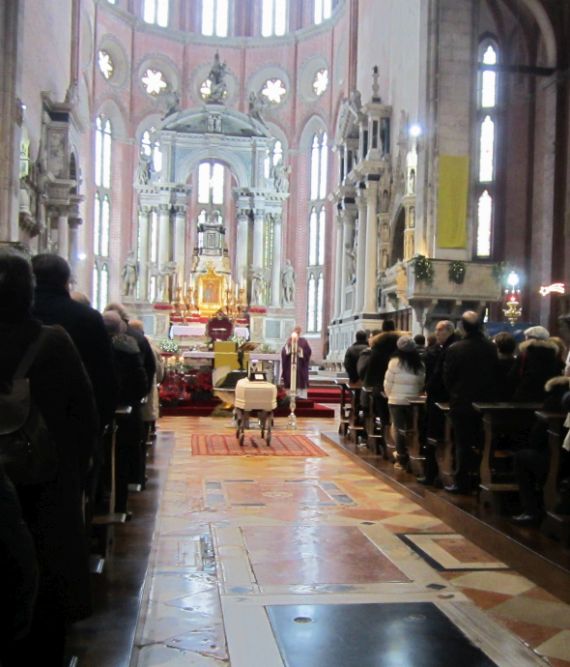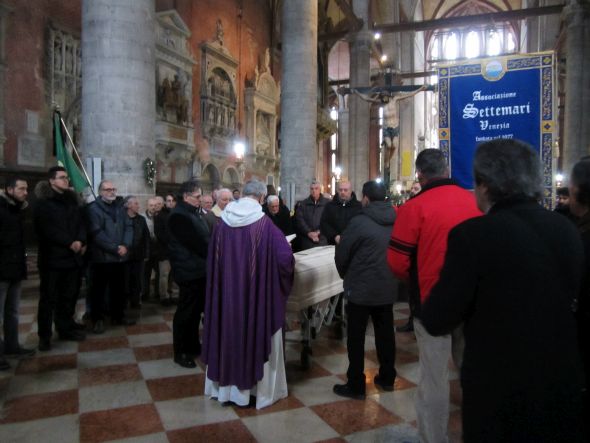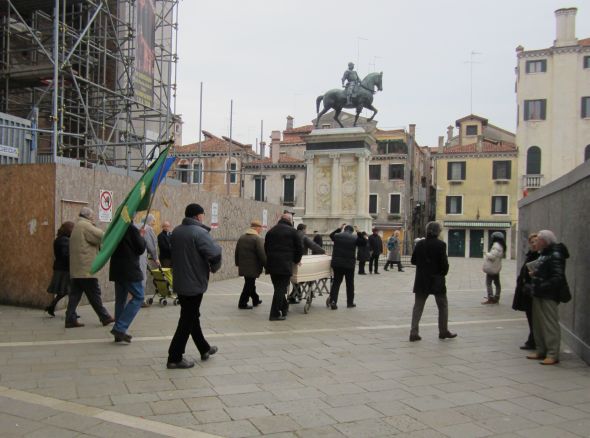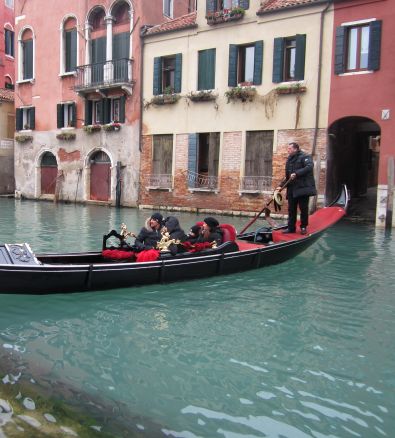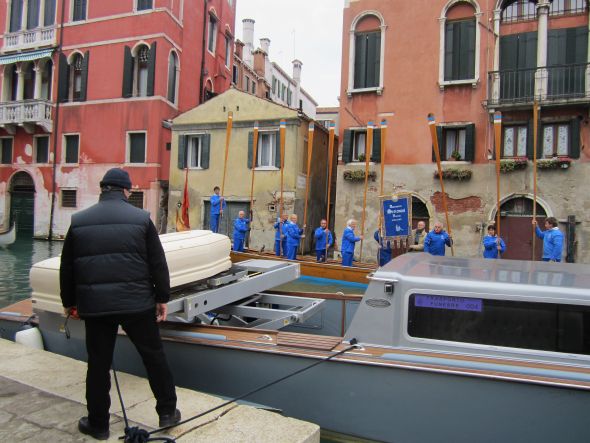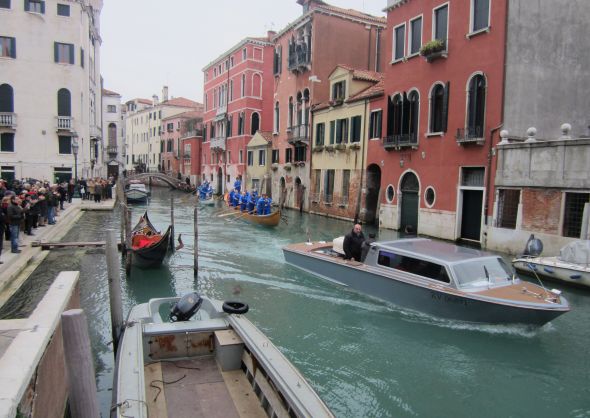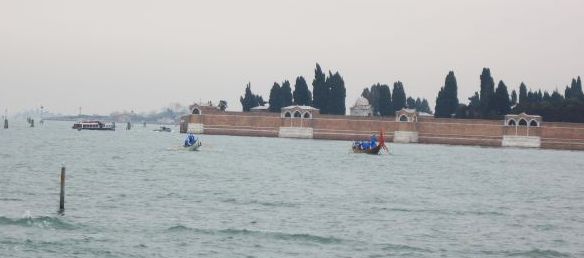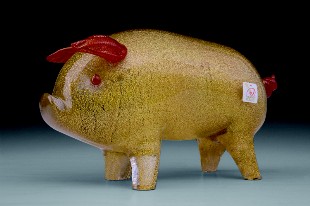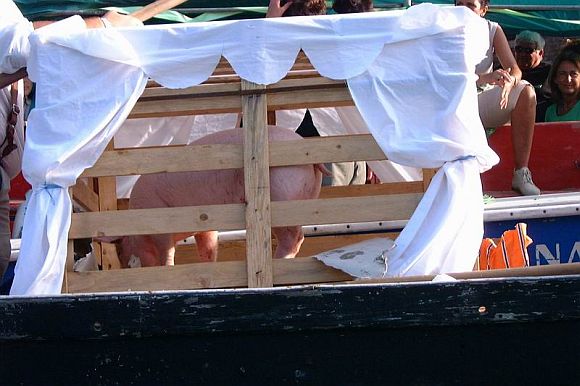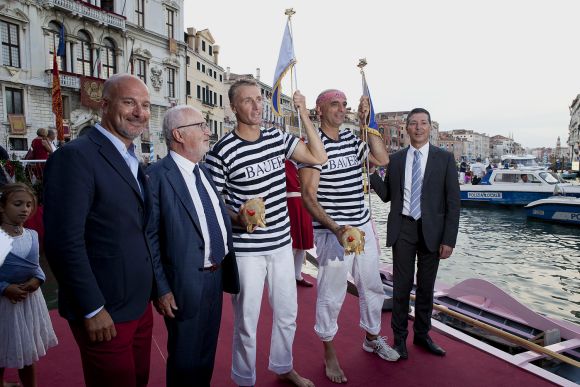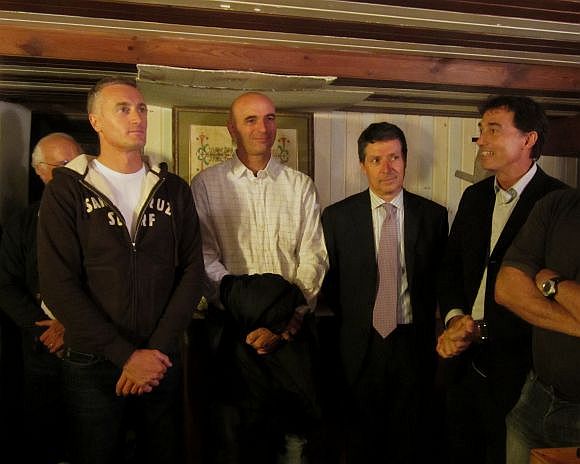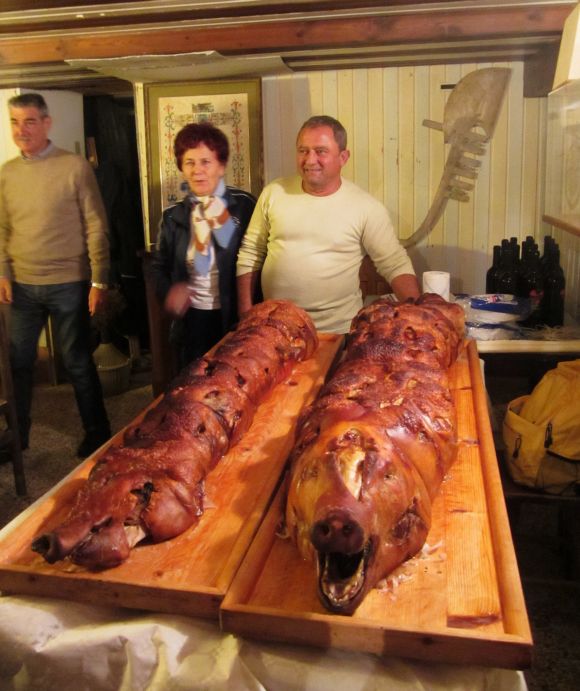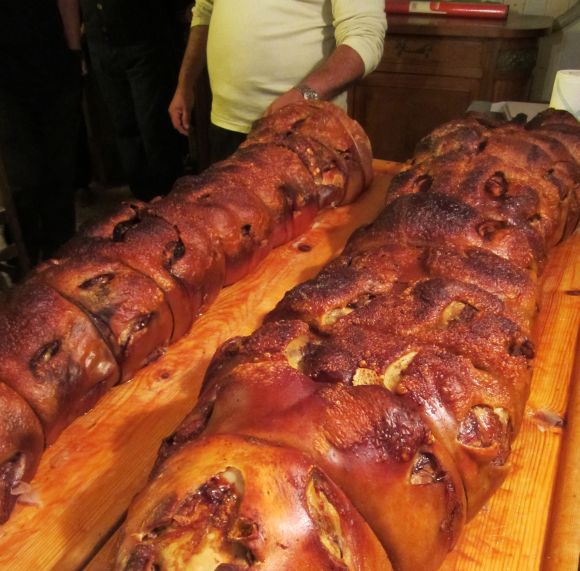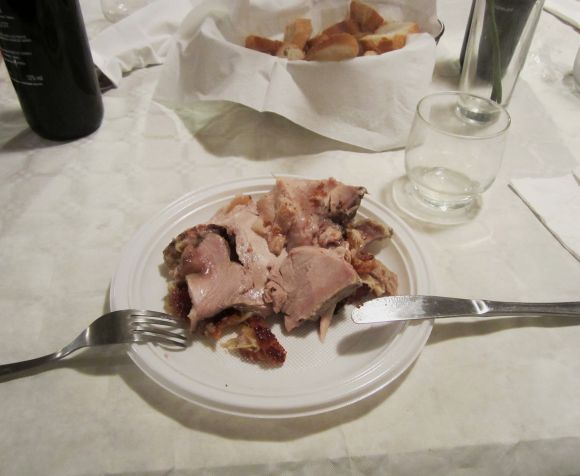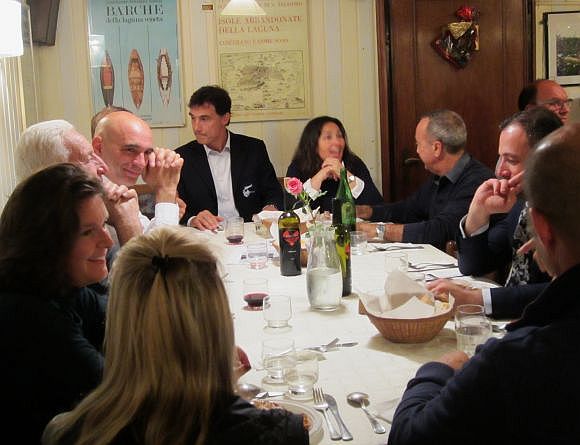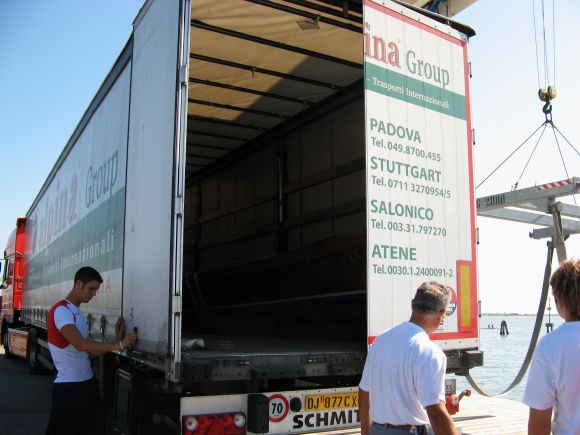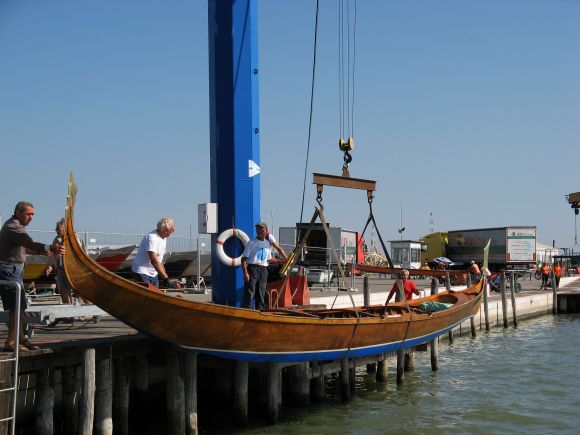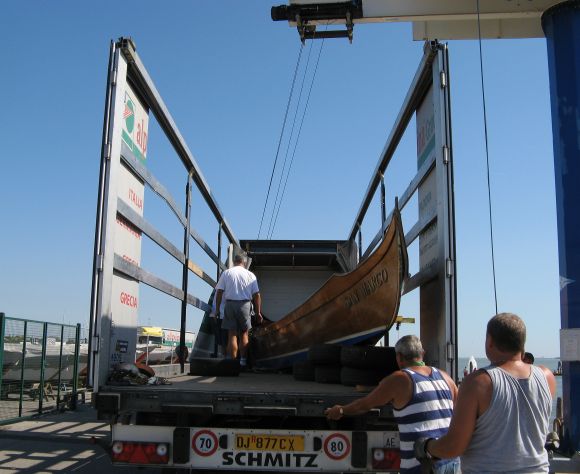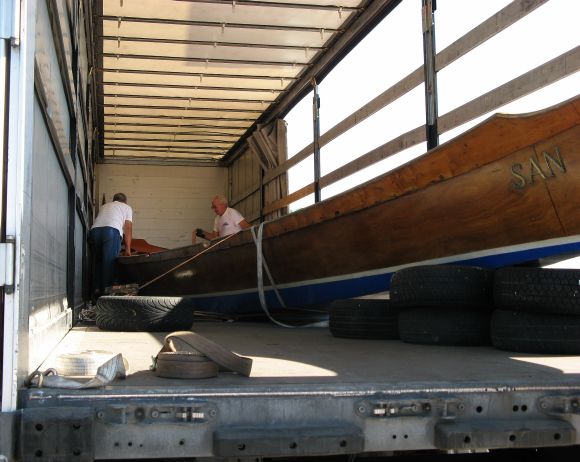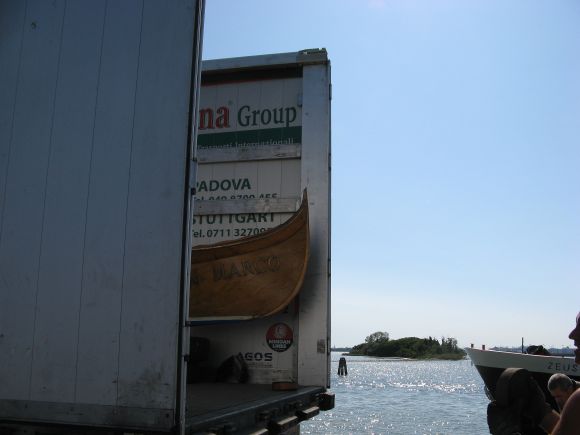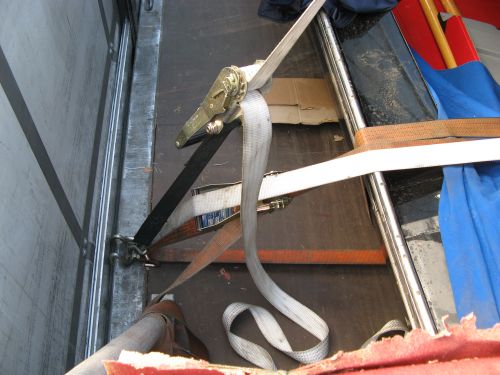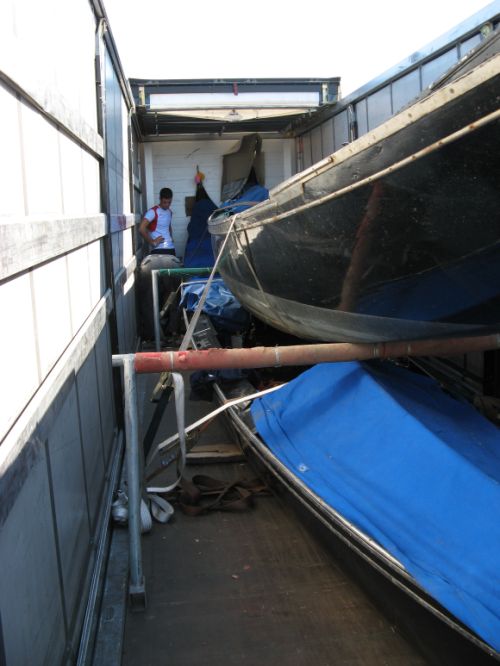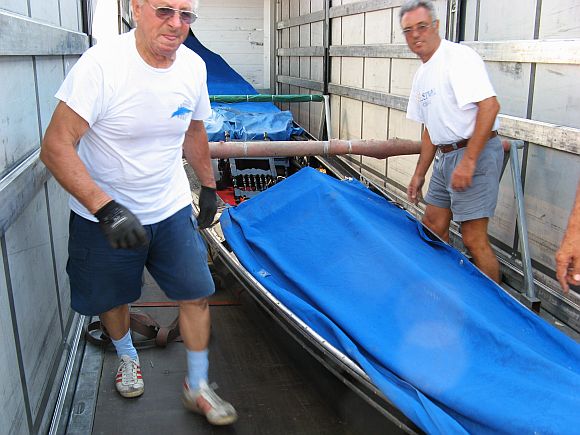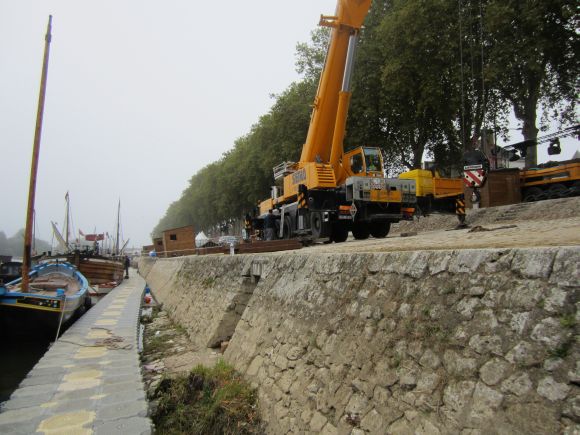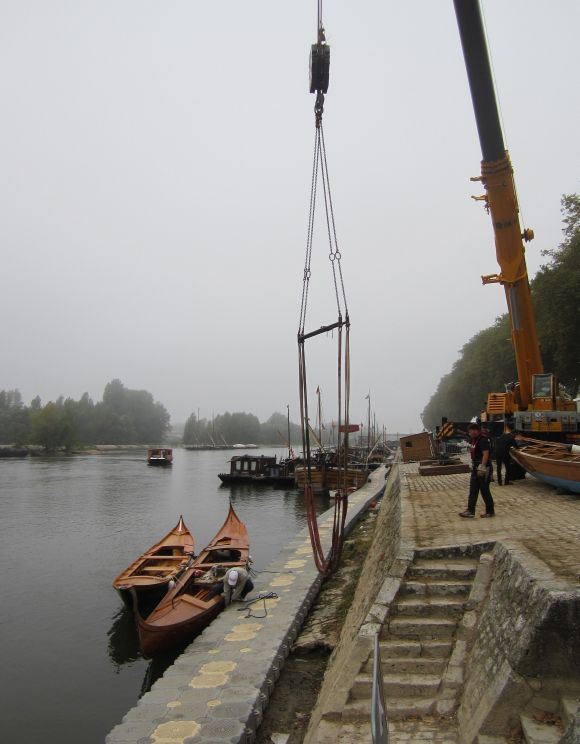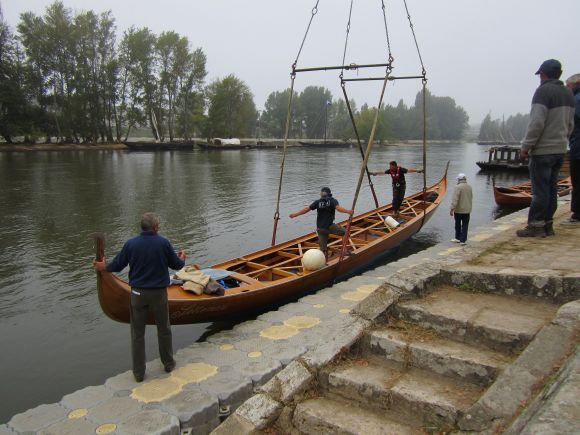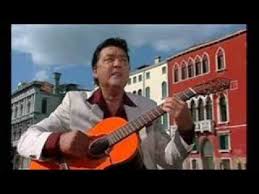
“Journalism,” said G.K. Chesterton, “is telling the public that Lord X is dead when the public didn’t know that Lord X had ever been alive.”
The case of the recently departed Umberto Da Preda might be a case in point.
Those who knew him, or at least had heard of him, were saddened to read on December 27 that he had died the day before, after a month-long illness in the hospital. The first article announcing this event was fairly long, partly in tribute and partly to refresh the memories or succor the ignorance of the day’s readers. Because while many people in his native sestiere of Cannaregio were genuinely grieved– though not taken entirely by surprise — Lino is convinced that there are plenty of Venetians who learned of his existence for the first time in the obituary.
Da Preda was “The ‘voice’ of the Venetian song,” as the Gazzettino termed it. Another report headlined: “Death of Da Preda, the most beautiful voice of the Venice which is no more.”
If such standards as “La biondina in gondoleta” or “El gondolier” are now widely known, it’s thanks to his innumerable performances and abundant recordings. The two respective links are: http://youtu.be/A0I0m6IPHtU and http://youtu.be/THinSRIRek0
The Gazzettino continues: “Umberto Da Preda leaves … a vast musical repertoire, 90 per cent of which is made up of traditional themes which even now represent the classics of the gondoliers during the serenades, and to which he gave a completely personal imprint.” (Note: Gondoliers almost never sing; the warbling comes from a singer hired to entertain his clients.)
Da Preda’s mainstays, some of which began to be composed in the 18th century, are generically termed “canzoni da batelo,” boat-songs, intended to be sung to the passengers out on the water enjoying a nocturnal summer fresco, (literally, “cool”). Many are anonymous pieces, passed along between generations. Like many of his vintage, Lino learned most of the approximately 8,319 songs he knows from his father, or from other Venetians. But Da Preda delved into deep cultural troves to bring forward an extraordinary assortment of songs, some of which were created by noteworthy poets and composers. They’re not all little ditties about wanting to take Ninetta out in the lagoon when the sun goes down.
Da Preda was on the way to an international career; he performed, with his guitar, in the Bahamas, in Russia, in Israel, in the US, and in England, where he sang for Queen Elizabeth II. But he loved Venice and preferred staying here, close to home, singing at the Danieli and Cipriani hotels, or in private palaces at what seems to have been a steady stream of fetes, entertainments, and soirees.
“What did he die of?” we asked a friend of his the next day.
He shrugged. “The sand in the hourglass ran out,” he said. “And he drank a Mississippi in his life.” Evidently Da Preda kept a bottle of whiskey close at hand on the many evenings he performed in assorted boites and restaurants. Singing is thirsty work, and I think in those days the sparkling-water-with-lemon-slice hadn’t been discovered. Not that he would have wanted it. I drink it and I don’t want it.
In any case, the friend continued, Da Preda didn’t take seriously any warnings about hard living he might have gotten from his nearest and dearest. “He said once, ‘I’ve eaten, I’ve drunk, I’ve done what I wanted in my life,'” the friend told us. “‘When it’s time for me to go, I’ll just head on out'” (vado in zo, which is the most casual leave-taking phrase there is in Venetian).
I went to his funeral on January 2 — a week ago today — a dreary, raw day. I admit I was curious to see what sort of farewell would be given. Naturally I can’t judge what emotions the 150 or so mourners were feeling, which may have been deep and intense, but if so they kept them well under control. It was a subdued ceremony, distinguished mainly by two things.
The first was the playing, as the casket was being taken out of the church, of Da Preda singing one of his best-known songs, “Ciao Venezia.” The second was the alzaremi, or oar-raising in salute, by rowers from the Settemari and Querini rowing clubs. The presence of any Venetian boats is always a beautiful thing, and although he wasn’t particularly prominent in the boating world, he was 100 percent Venetian, and this calls for some special acknowledgment, in my opinion.
He lived his life just the way he wanted to and if he had any regrets, he kept them to himself. That’s what I’m going to remember. Here’s the link: http://youtu.be/D8zmgatPh-w
